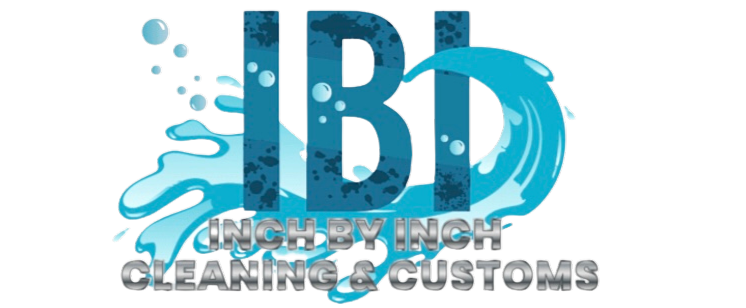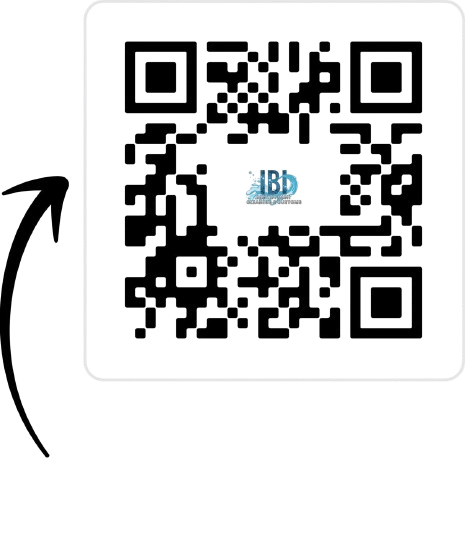Window tint film blocks up to 99% of harmful UV rays, protecting occupants and interiors from sun damage. This is particularly important for preventing skin cancer and reducing fading of upholstery, furniture, and other interior materials.
Tinted windows can reduce the amount of heat that enters a vehicle or building, making the interior more comfortable and reducing the need for air conditioning. This leads to energy savings and a lower carbon footprint.
By reducing the amount of sunlight that passes through windows, tint film decreases glare from the sun, making driving or working inside a building more comfortable and reducing eye strain.
Window tint provides privacy by making it harder for people to see inside a vehicle or building. In commercial settings, this can protect sensitive information. Additionally, tinted windows are more difficult to shatter, enhancing security.
Tinted windows give vehicles and buildings a sleek, modern appearance. They can be customized in various shades and styles to match the desired look.
In the event of an accident or attempted break-in, window tint film can help hold shattered glass together, reducing the risk of injury and making forced entry more difficult.
– Description: This is the most basic type of tint film, made by placing a layer of dye between an adhesive layer and a protective polyester top coating.
– Benefits: It absorbs sunlight, reducing glare and providing a darker appearance for privacy. It’s an affordable option but may fade over time.
– Common Uses: Often used in vehicles where a darker aesthetic is desired.
– Description: This type of tint contains tiny metallic particles that reflect sunlight away from the window.
– Benefits: Provides excellent heat reduction and adds strength to the window, making it more shatter-resistant. It’s more durable than dyed film but can interfere with electronic signals.
– Common Uses: Used in both vehicles and buildings where signal interference is not a concern.
– Description: Carbon tint film contains carbon particles that effectively block infrared radiation.
– Benefits: It offers a matte finish that doesn’t fade over time, provides superior heat rejection, and does not interfere with electronic devices.
– Common Uses: Popular in both automotive and commercial applications for its durability and non-reflective finish.
– Description: Ceramic tint is made from non-metallic, non-conductive ceramic particles.
– Benefits: It offers top-tier performance in heat and UV ray rejection, maintains clarity without affecting visibility, and does not interfere with electronic signals. It is the most expensive option but provides the best overall performance.
– Common Uses: Used in high-end vehicles and commercial buildings where maximum protection and performance are desired.
– Description: This film combines dyed and metalized layers.
– Benefits: It offers a balance between performance and cost, providing good heat rejection, glare reduction, and durability without the drawbacks of pure dyed or metalized films.
– Common Uses: Suitable for both vehicle and building applications where a balance of performance and affordability is needed.

– Purpose: Enhances privacy, reduces heat, and improves the overall look of the vehicle. It also provides UV protection for passengers and interior materials.
– Common Choices: Ceramic and carbon tints are popular for their high performance and durability.
– Purpose: Helps to lower energy costs by reducing the heat load on HVAC systems, increases privacy and security, and improves comfort for building occupants.
– Common Choices: Metalized and ceramic tints are often chosen for commercial buildings due to their high heat rejection and durability.

Serving Orlando FL and Surrounding Areas
Mon- Fri Appointment Only
Sat-Sun Closed
